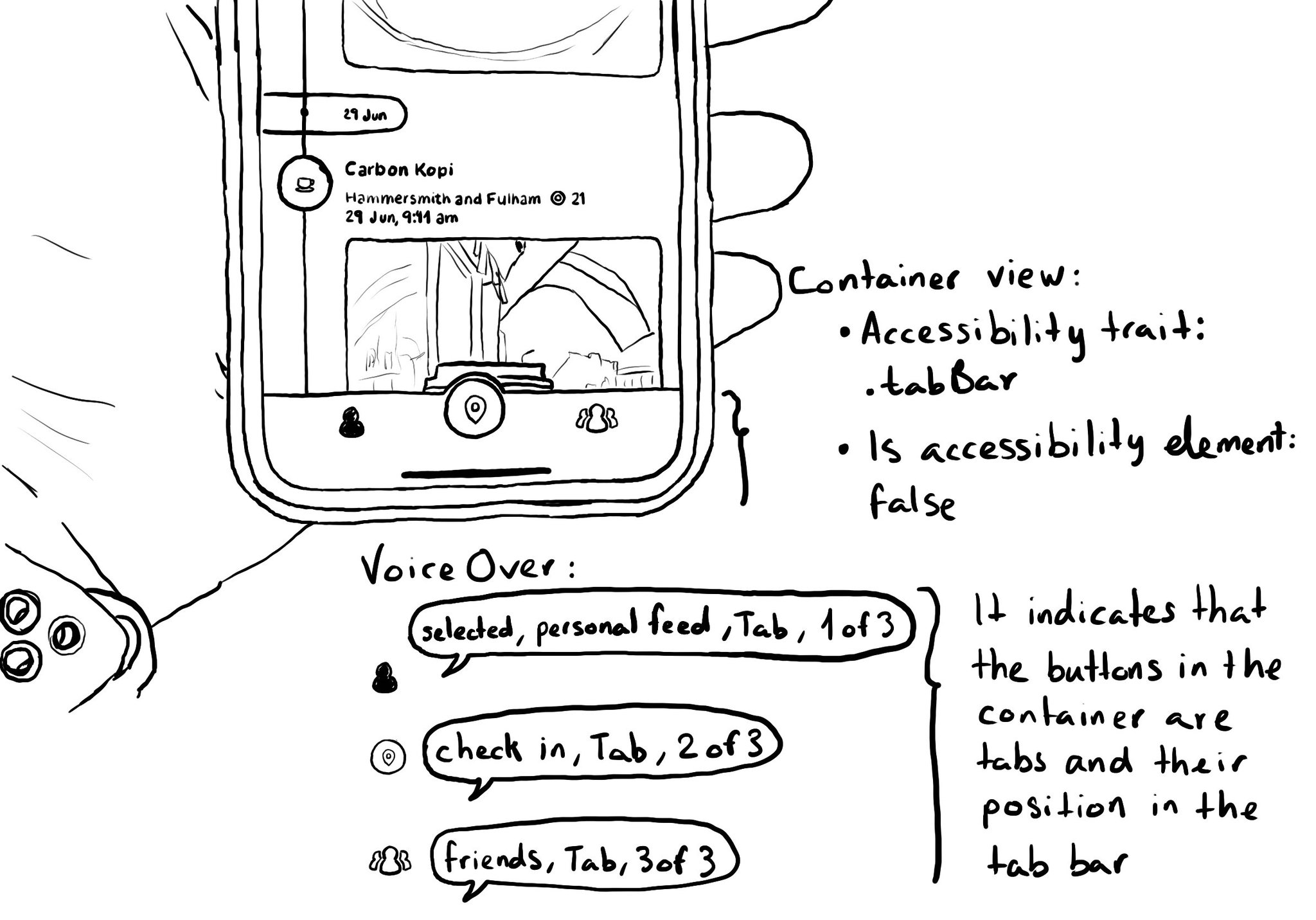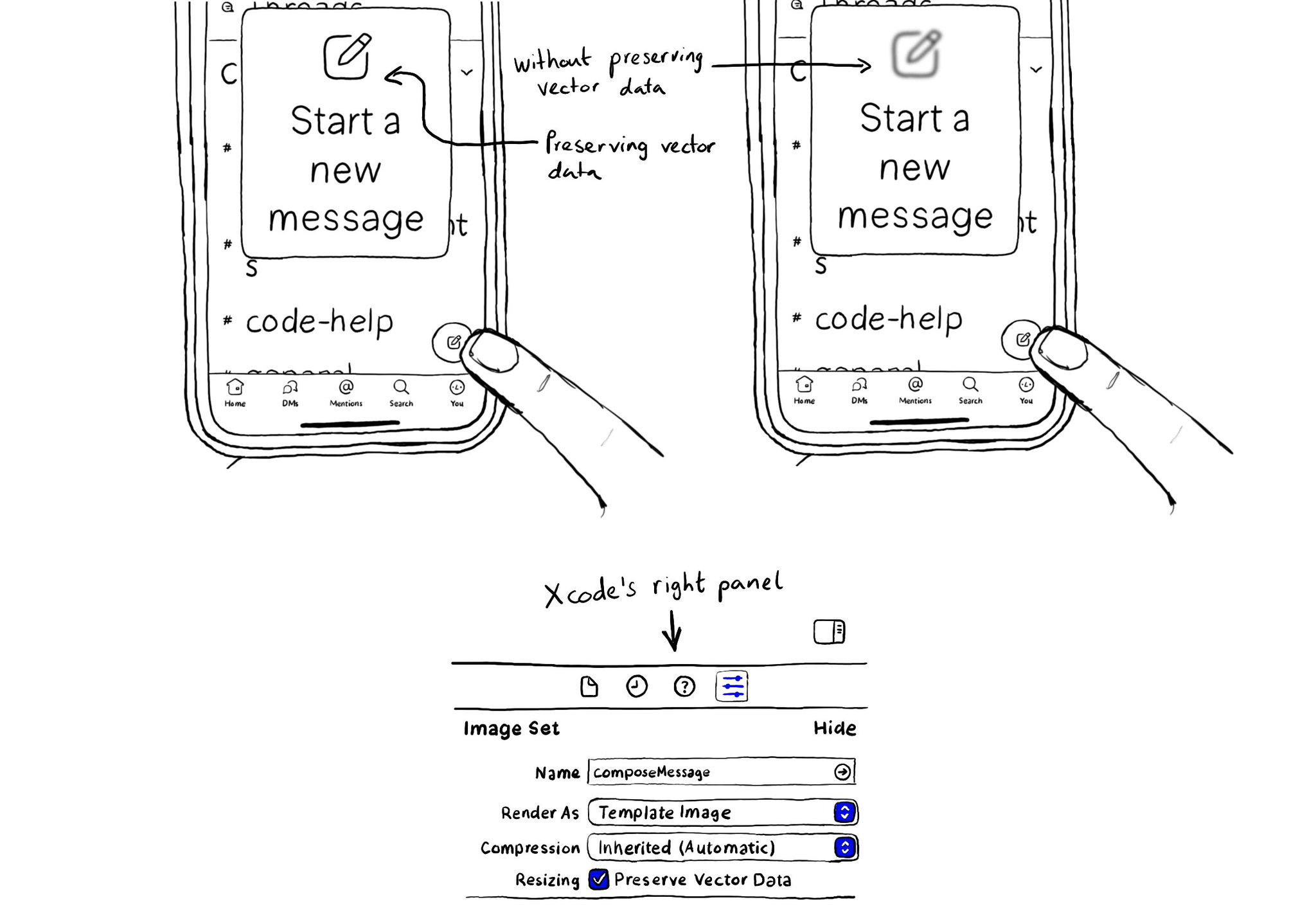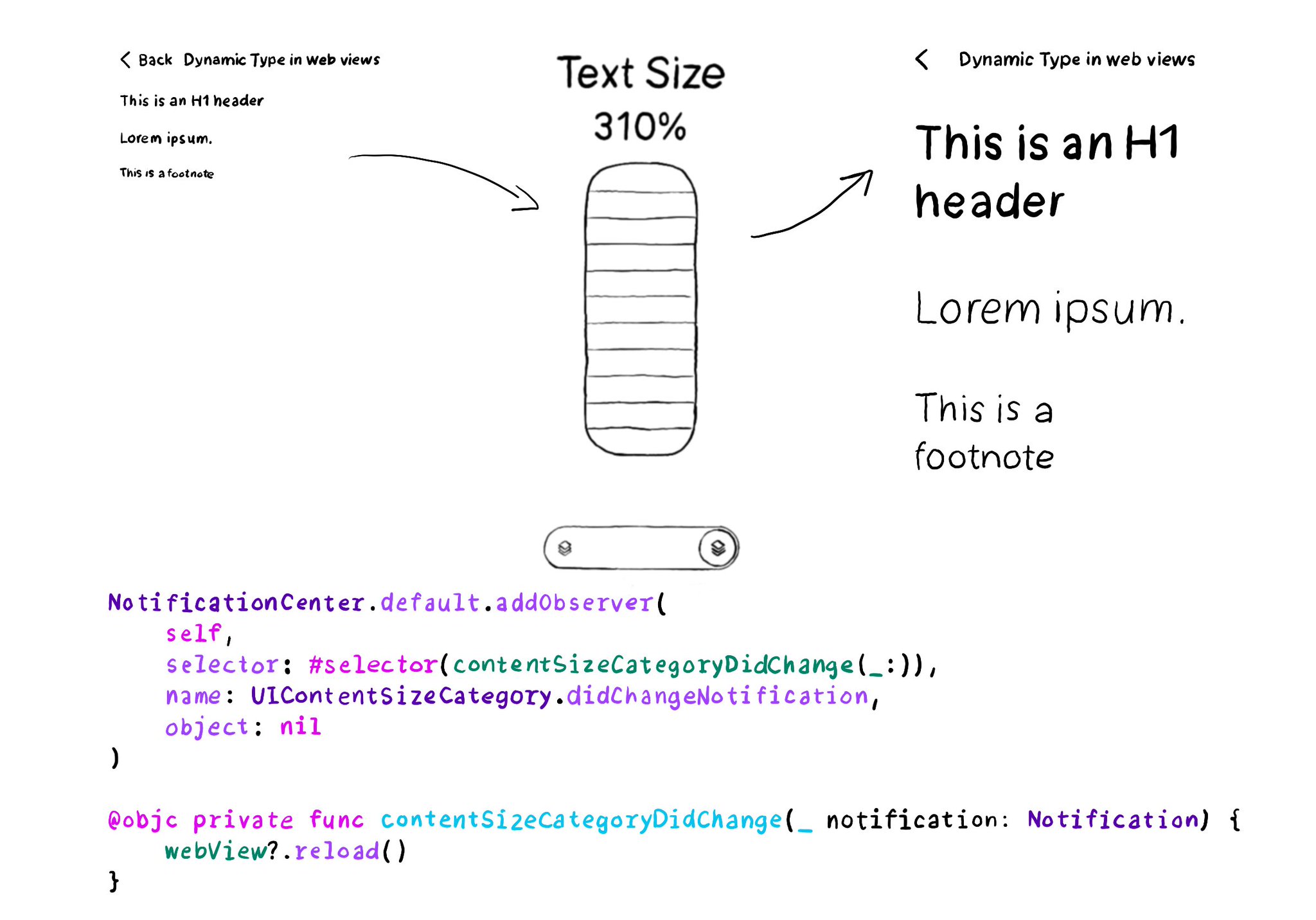I'll never recommend creating a custom component if there is a native one that does the job. But if you develop a custom tab bar, .tabBar accessibility trait comes to the rescue. Apply to a container view and its buttons will be announced as tabs.

You may also find interesting...

When configuring a largeContentImage or adjustsImageSizeForAccessibilityContentSizeCategory, it is important to use a pdf asset and preserve the vector data so the icons are crisp at any size.

You can add an observer to listen for changes in the content size category, in case it is more convenient than overriding traitCollectionDidChange(_:).
@azzoor has this great video with some advice on how to set up your device for testing accessibility and a ton of tips will get you testing effectively in no time. https://m.youtube.com/watch?v=Ca1H6wF348g&feature=youtu.be